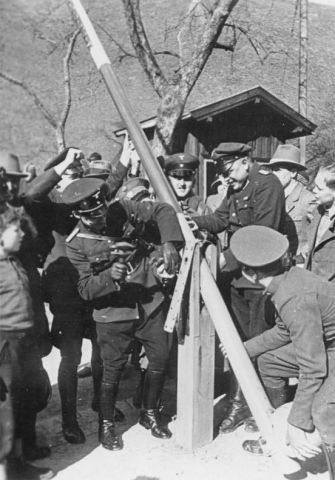The Anschluss and “The Legacy” of Austria’s Jewish survivors

The history of Austria’s Jews dates back to the 3rd century CE. Approximately 192,000 Jews lived in Austria before World War II, and the capital city, Vienna, was a center of Jewish culture. All that changed following the Anschluss and Kristallnacht, the November 1938 pogrom in Germany, Austria, and other Nazi-controlled areas that brought the persecution of Jews to a new level of intensity. Nearly 120,000 Austrian Jews emigrated between 1938 and 1940. Of those who remained, tens of thousands were deported and killed by mobile killing units, while thousands more perished in Austria’s extensive system of labor camps. Today, fewer than 10,000 Jews live in Austria.
The memories of 1,300 Austrian-born Jewish survivors are preserved in the Visual History Archive. As an integral part of Austria’s history and heritage, the Institute is committed to supporting education based on these testimonies. The Legacy, the first resource for Austrian teachers based on testimony from the Visual History Archive, was released in 2008. The Legacy’s two DVDs center on 91 high-quality video clips from the testimonies of 13 survivors, whose memories enhance eight teaching modules that explore topics related to the history of the Holocaust in Austria: Childhood and Youth before 1938; School in 1938; 1938: “Anschluss” and Kristallnacht; Flight and Expulsion; Deportation, Concentration Camps, Mass Murder; Life in Austria after 1945; Recollections and Stories; and We and the Others. The teaching modules come with ready-to-use classroom activities, and each module includes a version for junior grade (4th – 8th) students and senior grade (9th – 12th) students.